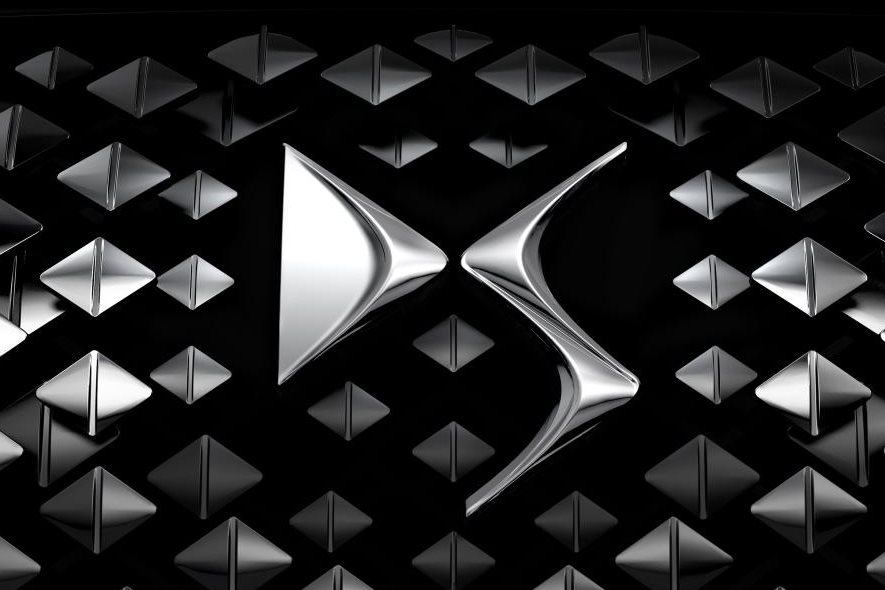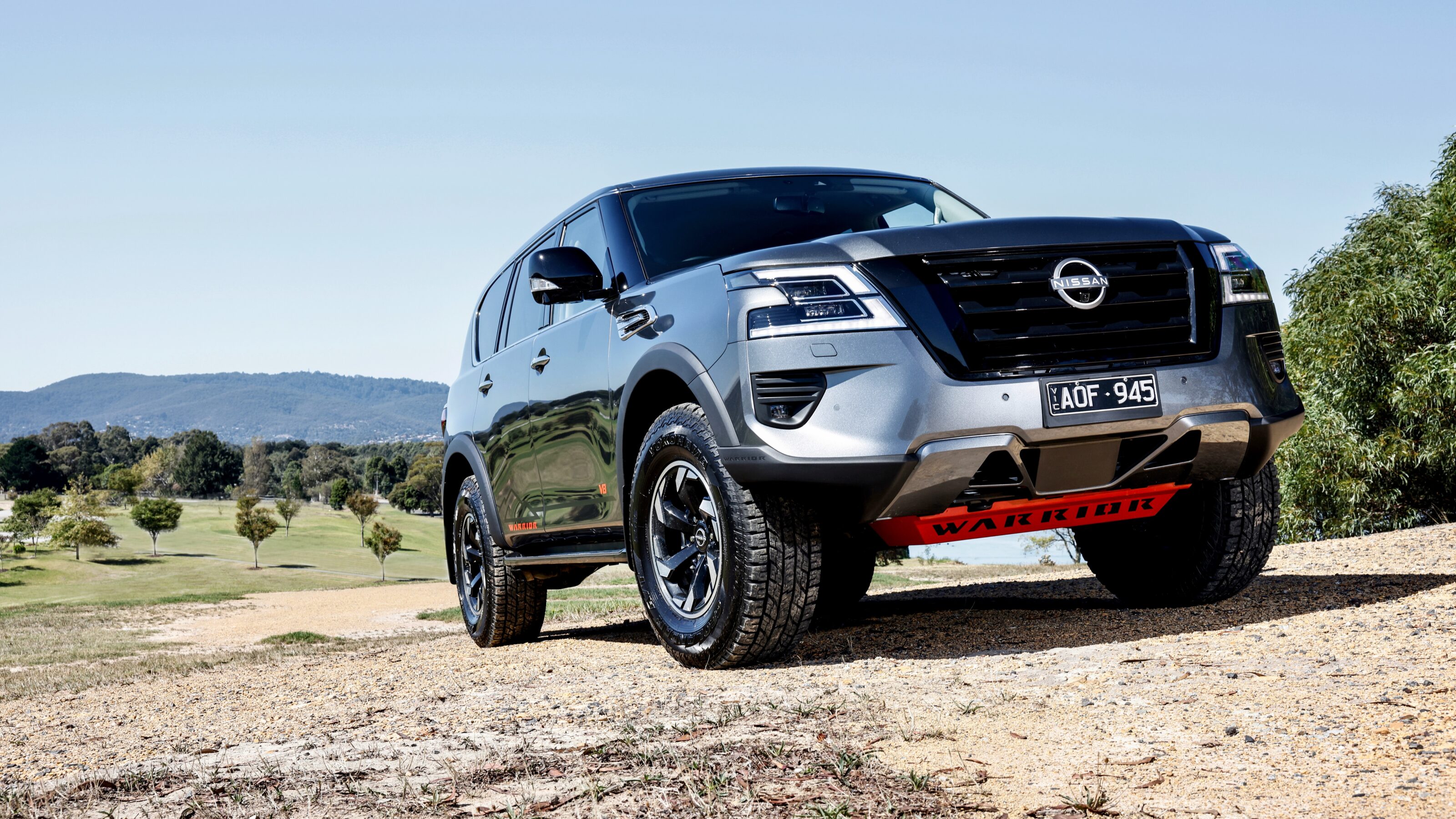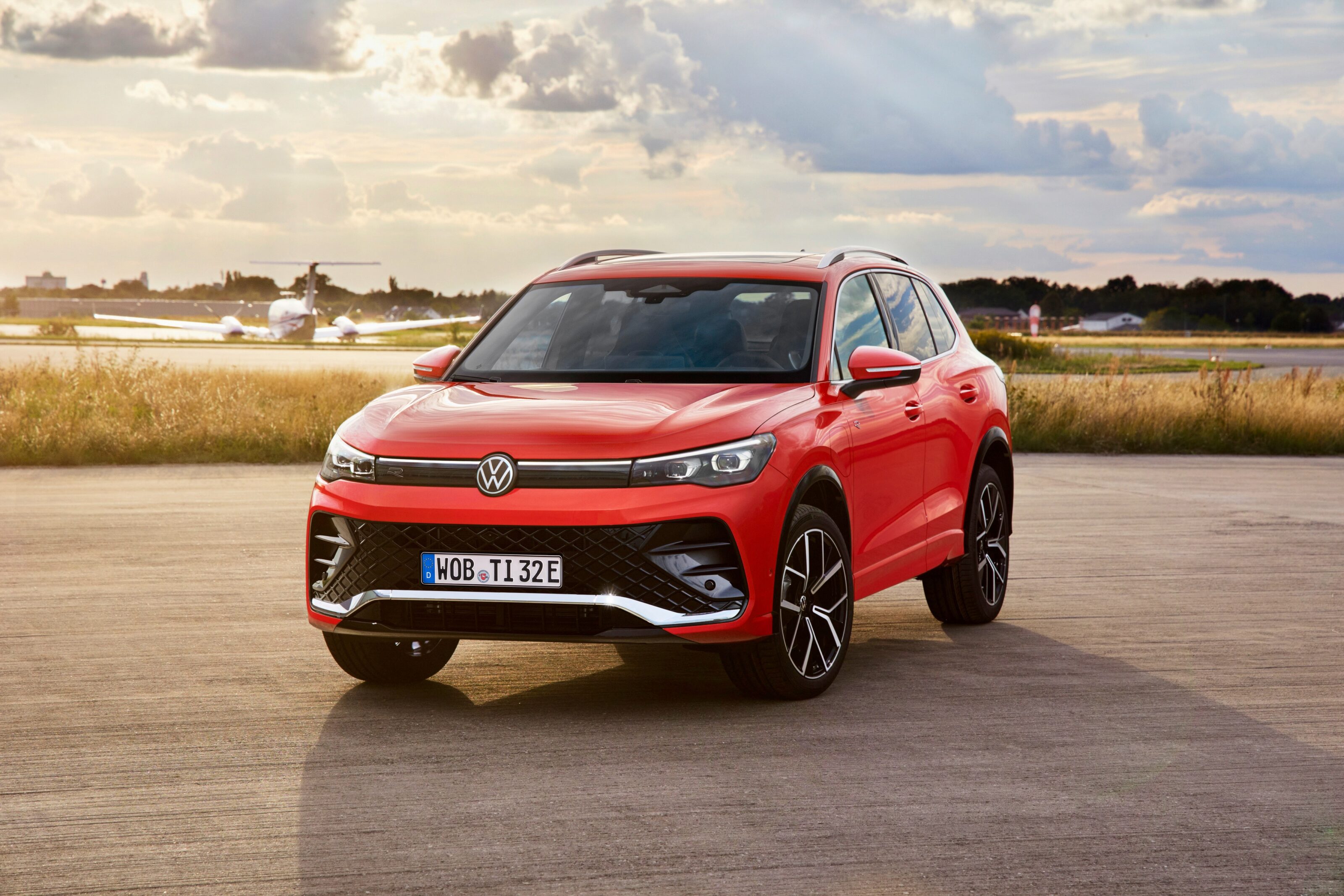French maker’s sub-brand has set the firm goal of targeting Audi as it looks to mirror the German premium maker’s success, including its huge profit margins
PEUGEOT-CITROEN (PSA) wants its DS range, now a stand-alone premium brand, to specifically target Audi in plans announced last night at a gala brand launch in Paris’s Tuileries Gardens. By 2020 Citroen’s current DS line-up will have morphed into six new global models to completely separate DS from Citroen.
The new model range includes the replacements for today’s DS3, DS4 and DS5 which are to be joined by two SUVs, one large and one small, aimed at the Audi Q3 and Q5, plus a very top DS9 sedan set to take on the Audi A7/A8.
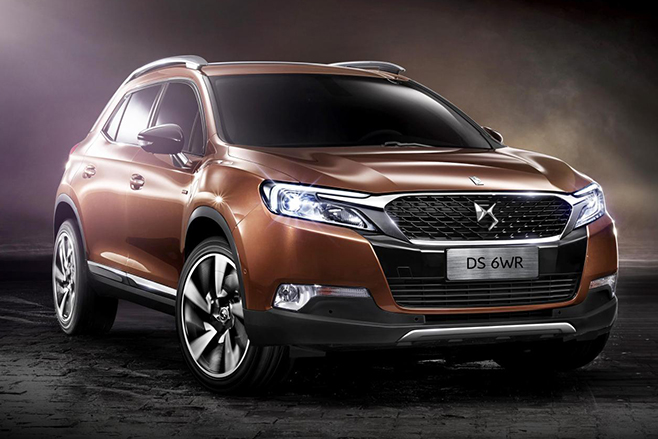
DS admits that the hugely ambitious global plan targets Audi because PSA needs the profits generated by a premium brand, if it is to survive long term, seeing DS’s relationship to Citroen in the same way Audi relates to Volkswagen.
DS brand CEO Yves Bonnefont, told Wheels, “Premium cars take just 10 percent of global sales, but generate 50 percent of the profits. DS is profitable now, with 70 percent of our customers coming from mainstream brands who want premium [cars].”
Says Eric Apode, Vice President of Product and Development, quoting the same numbers, “We have no option, we must have success, it could take 10 or 20 years. We are here for a long time.”
Citroen Australia admits that in the short to medium term Australia’s Citroen dealers will only offer dedicated DS areas in their showrooms, starting from a brand launch in early 2016 built around the facelifted DS5 (now minus Citroen’s double-chevrons), an automatic version of the recently revised manual-only DS3 and possibly even the DS3 Racing, a hot-hatch rival for the VW Golf GTI.
It’s a massive task: YTD (end of April) DS sold just 81 cars (compared to Audi’s 7196) in Australia. Bonnefont refuses to reveal how much developing DS has cost or how much the brand will spend in the next five years. Cadillac plans to spend $A16 billion between now and 2020 to revive GM’s luxury brand in an attempt to achieve the same goals. Since DS began in 2010, 550,000 cars have been sold, one in four in China. Bonnefont says it was only after the success of DS in China, where two unique DS models are sold, that Citroen started to think about creating a new brand.
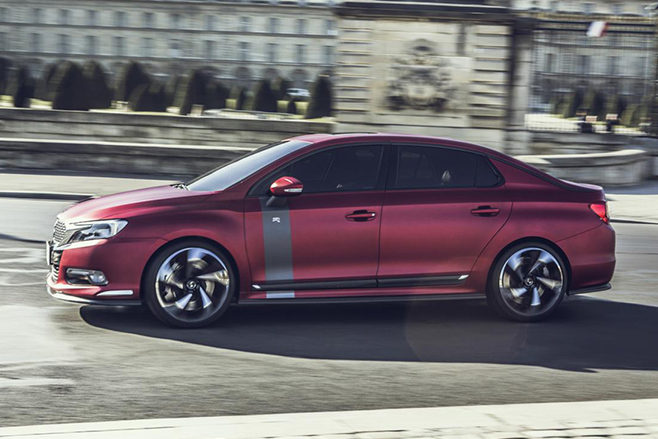
The new DS models won’t come from totally new, bespoke platforms but will continue to share their architecture with Citroen and PSA models, though Bonnefont insists they won’t merely be derivatives of Citroens and are to be developed as stand-alone models relying heavily on unique styling, more advanced technologies and personalisation to compete, and justify the premium prices.
Apode says, “Our platform strategy continues, but we are developing specific engines, with more power and torque, and new transmissions for DS. We may share a platform, an engine and many of the mechanical parts because it makes sense for a group of our size to look for synergies, but at the same time we don’t want to have any dependency to limit our product strategy. So the DS product strategy is not related to the other two brands.”
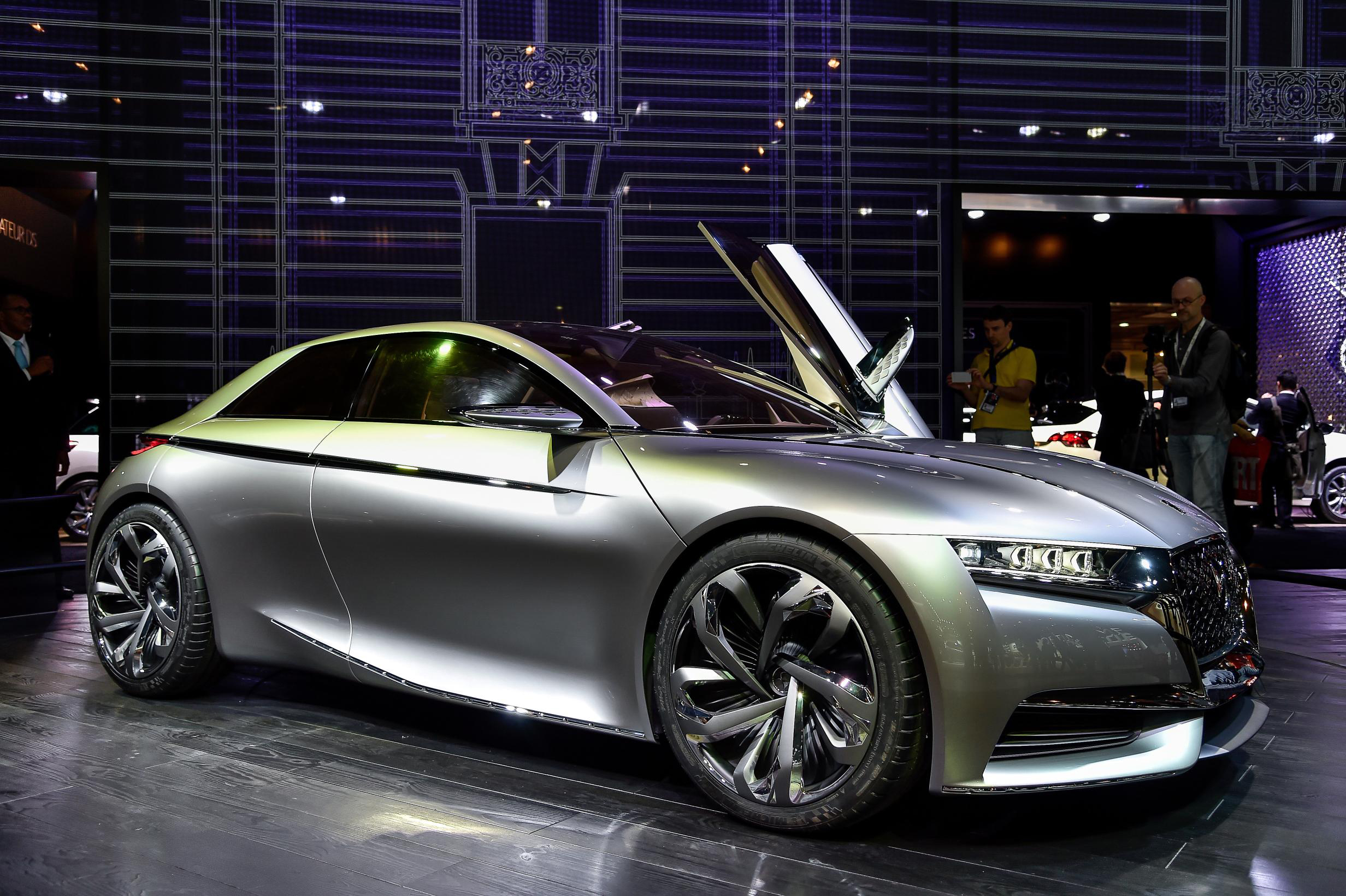
In future, it’s believed the DS range will move up to around 200-220kW, but no further. “We are not interested in brutal power,” Bonnefont claims. There are no plans for a DS sport scar or a GT that revives the 1970s Maserati-powered SM.
The first two all-new models arrive in 2018.
Under PSA’s new platform policy, just two architectures will form the basis for all future models. The new B and entry level C-segment platform called Common Modular Platform (CMP) will be used for 10 new models including the small SUV, while the new EMP2 platform (Peugeot 308 and Citroen C4 Picasso) replaces the old PF1 platform used on the DS5. The EMP2, built in five different wheelbase lengths each separated by 55mm, will underpin the larger models, including the 4WD SUV with independent rear suspension in place of the 308/Picasso’s torsion beam on every DS variant. The Divine concept, unveiled at the 2014 Paris show, is expected to form the design inspiration for the new DS4.
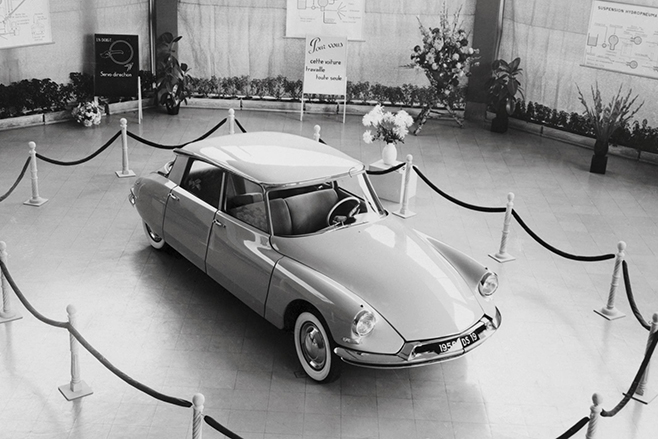
The DS brand’s official launch, built around the 60th anniversary of the original DS19 unveiling at the 1955 Paris motor show (even if it’s six months early) allowed Bonnefont to refute suggestions that Citroen’s famous Hydractive system will be further developed and not eliminated as has been rumoured.
“[It’s] Not as you know it, but we are working on something that gives us a competitive edge, it will appear in a few years.”
Sign up here to receive the latest round-up of Wheels news, reviews and video highlights straight to your inbox each week.

